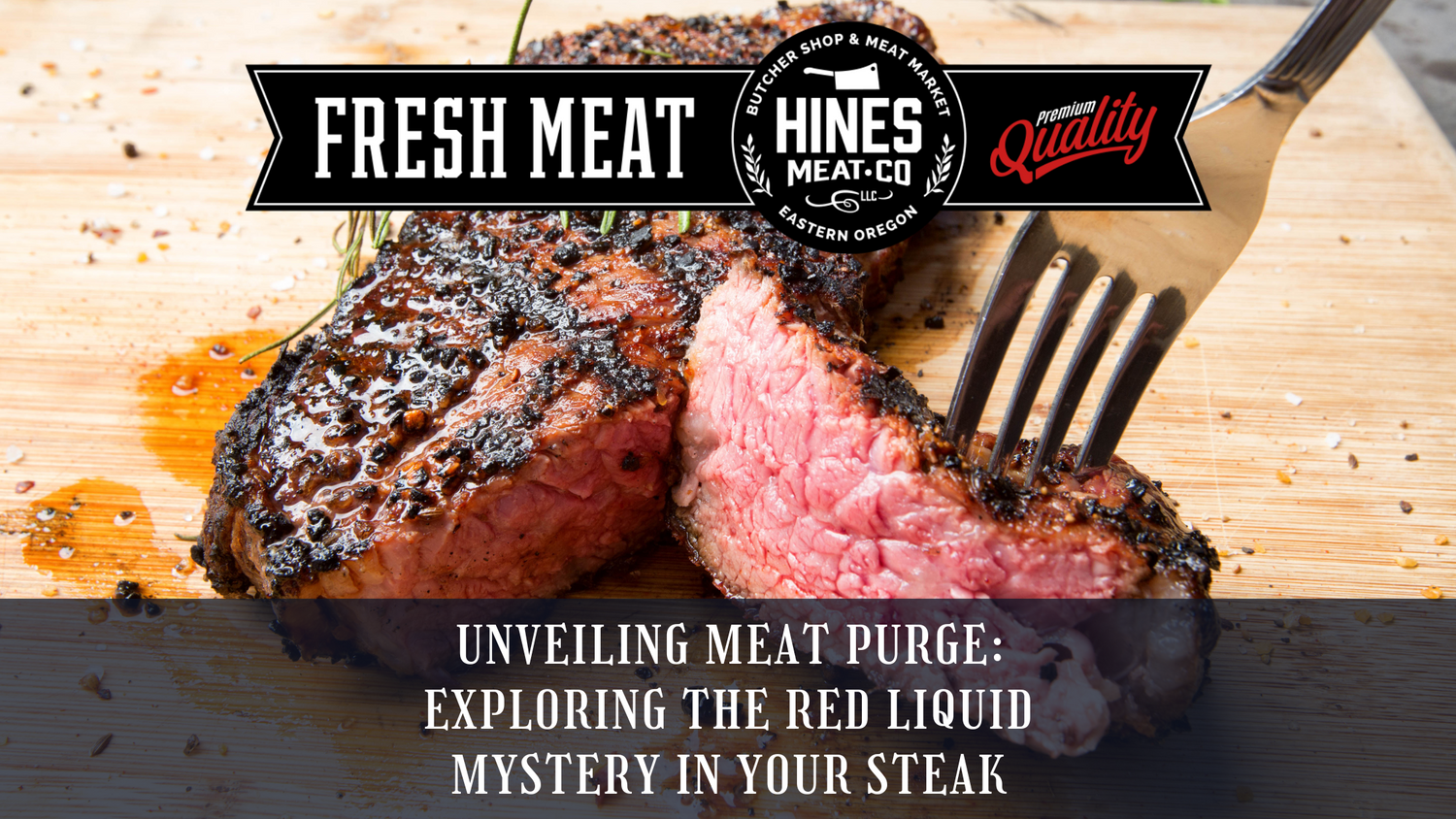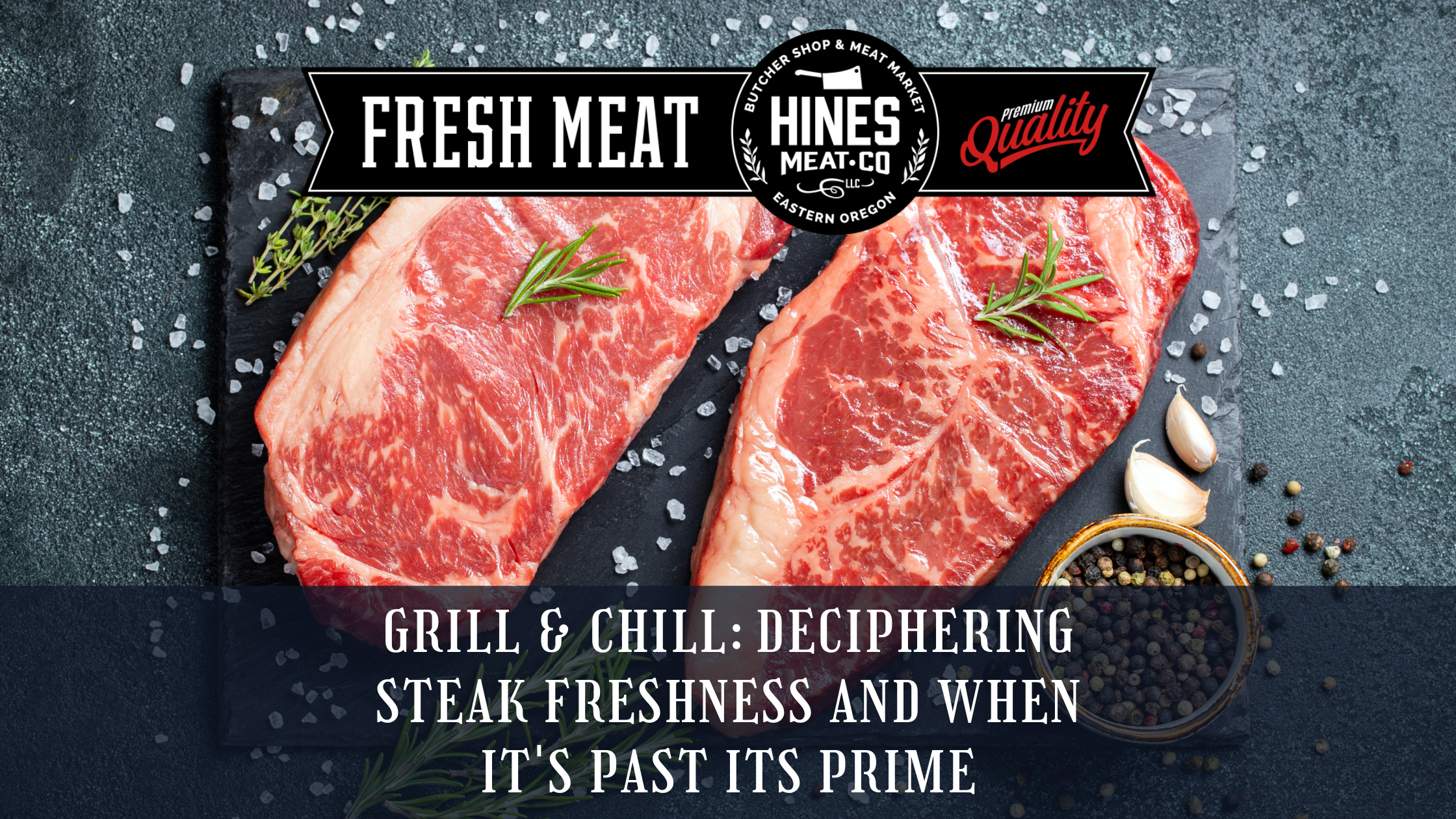Have you ever wondered why some cuts of meat seem to have blood sloshing around in the package while others don’t? Contrary to popular belief, it’s not blood. This liquid is a combination of water and myoglobin, a protein that transports oxygen in muscle cells. As the meat ages, the muscle tissue breaks down, causing the liquid and myoglobin to leak out. Known as purge, this liquid can indicate the freshness of the meat but doesn't necessarily mean it’s bad.
Where Does the Red Juice Come From?
Meat is about 75% water that is held in the cells of muscle tissue. When frozen meat thaws, the ice crystals formed during freezing cut the muscle cells, causing water and myoglobin to leak out. This is why you often find an absorbent pad in meat packages to soak up the purge.
Why is it Not Blood?
During slaughter, most blood is drained from the animal. The red juice in your steak is primarily myoglobin, not blood. Myoglobin’s color changes with heat, which is why rare steak appears red and juicy, while well-done steak is gray and dry.
Myoglobin is also the cause of steak having different colors at different levels of doneness. At a rare or medium rare temperature, myoglobin is a bright red. As the temperature of the meat increases, the myoglobin darkens. At medium doneness, myoglobin becomes hemichrome, a substance that results in a tan color. At well-done levels, hemichrome and myoglobin become metmyoglobin, giving meat a gray color.
Is Purge Safe?
Treat purge like raw meat, as it can harbor harmful bacteria that can cause gastrointestinal diseases. Avoid washing raw meat to prevent splashing the purge and contaminating other surfaces.
It is also a good idea to avoid packages of meat that have excessive amounts of purge. Meat that has lost too much moisture won’t be as juicy.
What Myoglobin Can Tell You About a Steak
Bright red steaks are appealing due to the interaction of myoglobin and oxygen. When you cut into a fresh, raw steak, the inside of the meat will have a purplish hue. Leave it on the counter for a few hours and it will turn red. Darker red cuts, like ribeye, contain more myoglobin and fat, contributing to flavor and juiciness.
Purge in the bottom of a container indicates the muscle cells have lost protein - myoglobin. Age can cause moisture loss, but only when the meat is stored at above-freezing temperatures. Once a cut of meat is frozen, the thawing process will result in purge. Avoid packages with excessive purge to ensure better-tasting and juicier steaks.
Red Meat vs. White Meat
Red meat contains more myoglobin than white meat. Chicken breasts have no myoglobin and no red hue, but legs and wings do. Pork has less myoglobin than beef but still some. Fish generally lack myoglobin, except for species like tuna and swordfish. Salmon does not have myoglobin. It is red or pink due to carotenoids, the same chemical group that makes carrots orange.
The Most Important Thing to Remember About Purge
Purge indicates moisture loss in meat, affecting flavor and tenderness. Letting meat rest after cooking allows juices to reabsorb, resulting in a more tender and flavorful steak. As the meat cools, it draws the moisture, fat, and myoglobin back into the muscle tissue, giving a more tender and juicy steak.



